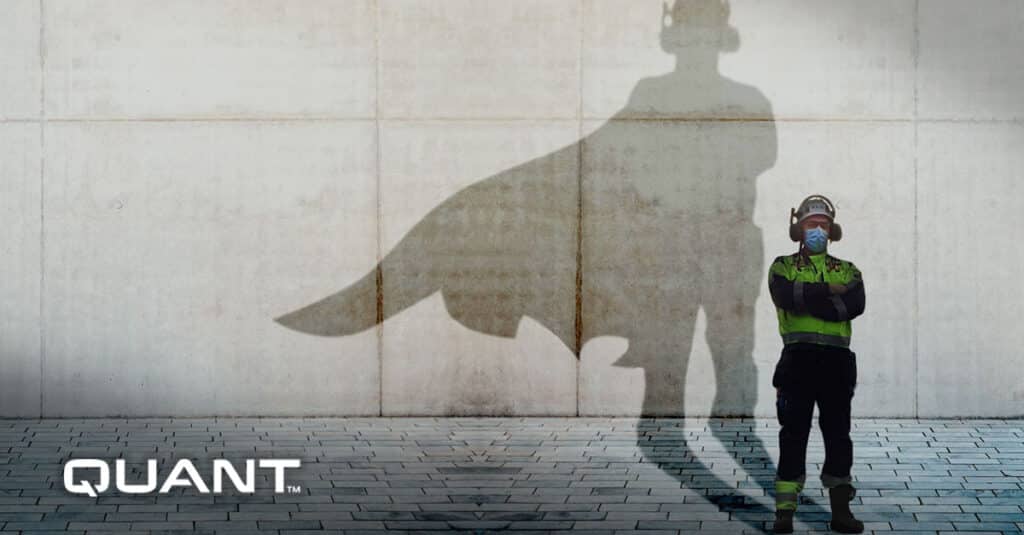November 13, 2024
Safety: The power of courage

Safety culture is not about a slogan or a checklist, but about employees’ courage to intervene and improve through genuine care. It is about a shared commitment to safety that requires constant vigilance and foresight.
Courage to intervene in situations is about more than just words. Vigilance, stopping work if needed, and carefully carried out risk assessments allow you to detect potential hazards and, if necessary, express concern if you suspect that you or a coworker is at risk.
Leadership also plays a significant role in harnessing courage. Quant is strongly committed to developing an even safer work environment, and encouraging every team member to intervene when necessary is a key factor.
– Every employee must have the courage to intervene in a risky situation or stop in the middle of a busy day to reassess the potential risks of the job if it is needed. At Quant, we have empowered our entire staff to do this, says Pasi Hannula, Safety Manager, Quant Finland.
Genuine care about employee wellbeing is key, and must be reflected in the management of all personnel. It is not about managing safety as a separate function, but as an integral part of the operations.
– We want to remind you that courage is contagious. When one person takes a stand, it inspires others to do the same. Together, we can drive change, making safety a shared core value for every industrial company.
Stop and carefully assess the risks
Planning helps create a safer work environment, allowing you to plan the upcoming task, review potential risk factors, and eliminate them well ahead before starting the work.
– Planning strengthens the safety, but there are also situations where you need to be able to act quickly, for example when an unexpected malfunction or exception occurs in a production equipment. Situations like this mean that risk factors might increase, as the equipment does not work as expected, and there may be a sense of urgency to make it work. Even in these situations, it is important to remember to stop and assess the risks carefully. In a company with a strong safety culture, even unexpected situations are always tackled with a safety-first approach, Hannula says.
Safety is a cornerstone in our operations, and we have effective processes guiding the safety development and implementation. The safety team trains and supports sites in their daily work, and the entire organization is aware that risks must be assessed at many different levels. Over the years, new ideas and methods have been implemented to further strengthen the safety culture.
– The safety team is always open to new development ideas for improving safety. For example, with the ban on knives, we have received a lot of ideas from our staff about safer tools and working methods. The purpose of the safety team is not only to supervise and instruct, but above all, to involve, educate, and share information. We therefore hope to continue to receive observations and ideas from our staff, so that we can continue our joint development work for the benefit of safety!

